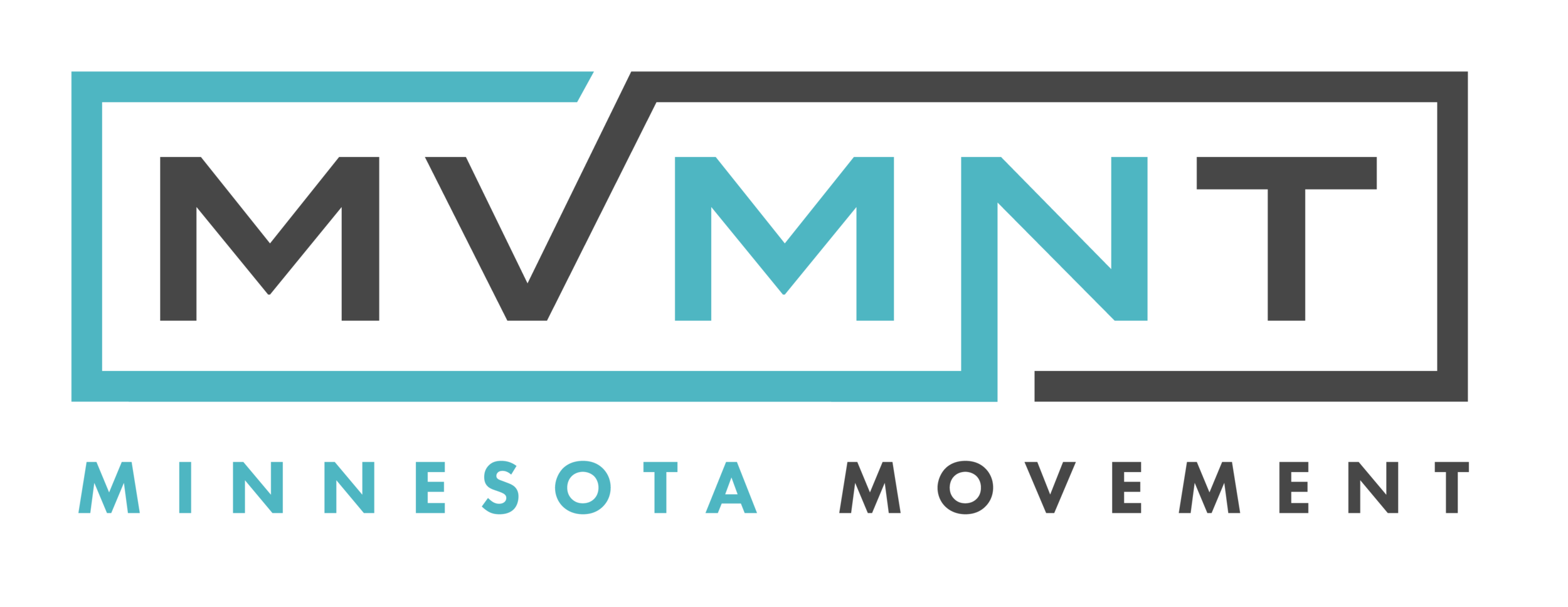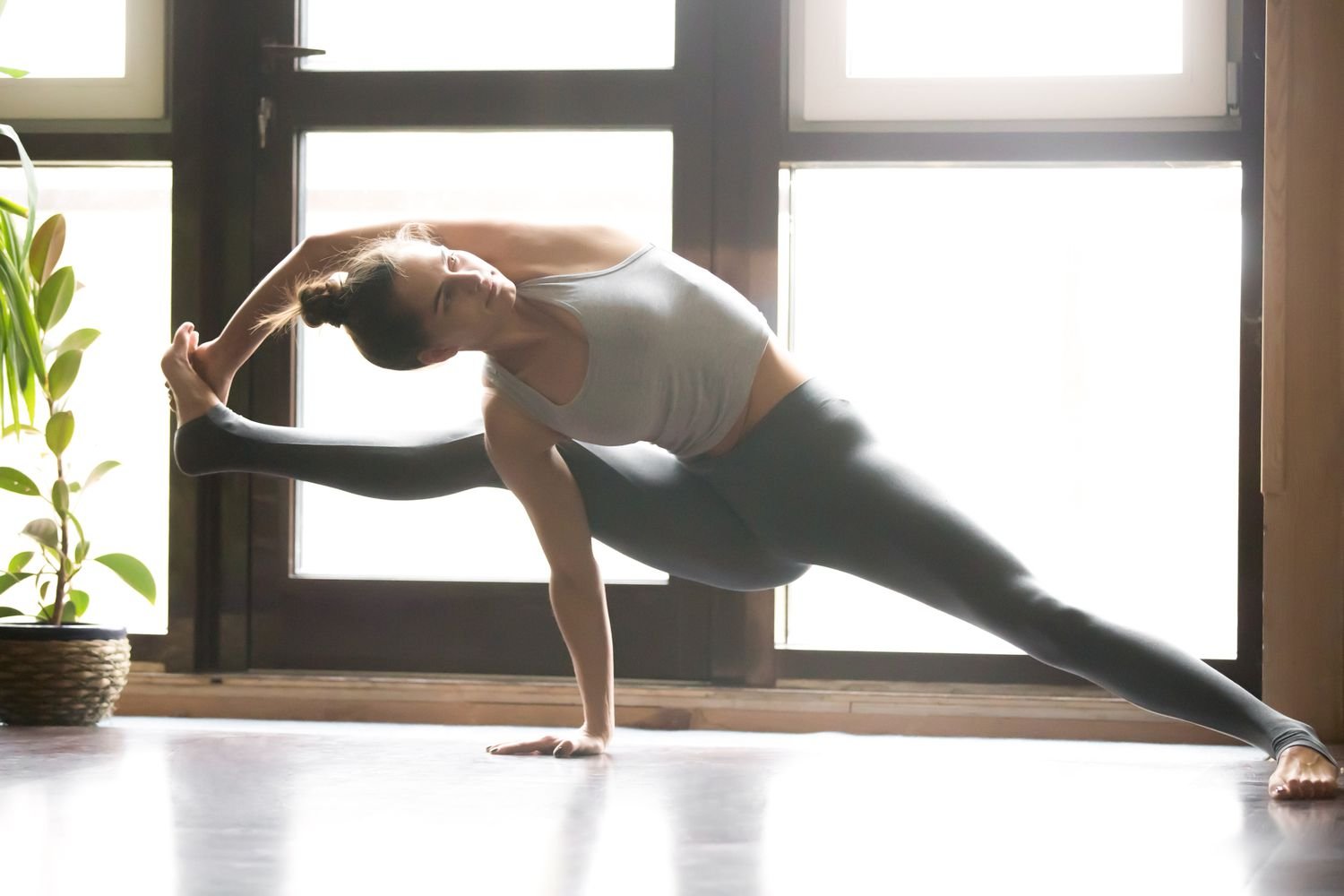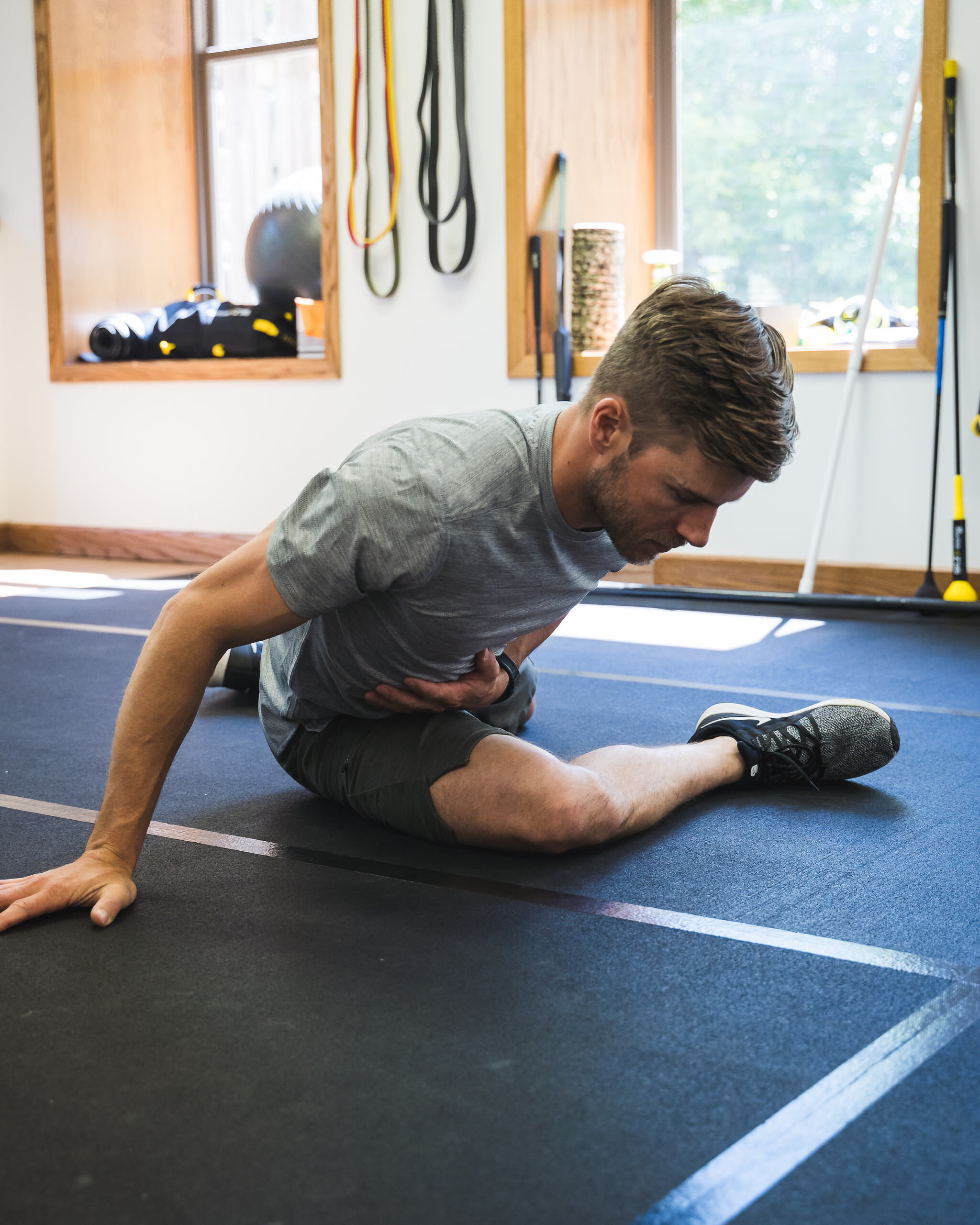Mobility Vs Flexibility- A Never-Ending Battle Within Our Joints
Have you ever watched a tik tok or a reel of someone doing something crazy with their body and your first thought that comes to mind is “I could never do that” or “if I were to try that my knees would break!”
While these feats seem impossible at the moment, It's not because you could never do that. But rather because you currently lack the requirements that the body needs to perform it. Namely, you may be lacking the mobility to control the movement or lack the tissue flexibility to get into a certain position during the movement. But what does this all mean?!? Let's break down what mobility and flexibility are and why it's important to have both!
Mobility is the ability of a joint to travel in its full range of motion (ROM) without any constraints or pains (1). It is all about how well you can control your joint through the necessary ROMs (2). Having good mobility is important to maintain pain-free, unimpeded, fluid, and independent movement (1).
Flexibility, on the other hand, is the ability of a muscle to fully lengthen (1). We have talked about different types of flexibility before and ways to increase your muscle’s length. It is important to have good flexibility in order to unlock the full ROM a joint complex has and utilize it to generate explosiveness by full muscle contraction (1).
Read that last sentence again.
We need to be able to use the flexibility ROM we have by controlling it with our mobility.
The gap between our flexibility and our mobility is called the “Zone of Flexibility” (2). We do not want this zone to be too large. Why? Because this is where injuries happen! The ROM that you do not control is a ROM that you don’t own (2). In sports, we often find ourselves pushing our range of motion to the max, but how often do we train there? In order to increase mobility, we need to train the nervous system (2). Focusing on exercises that increase the quality of information a joint complex is sending to the brain and training the brain to understand the information being sent to it is the crux of how we increase mobility quickly (2). Let’s go over an example in the hip to put these concepts together!
When walking, we go into hip extension (knee behind hip) with every step. To guage our “Zone of Flexibility” you can lay on the ground face down and try to kick your heel in the air with a straight leg and a neutral pelvis (staying flat on the ground.) This is your controlled hip extension AKA, your mobility. Now have a friend pick up your straight leg, pelvis flat on the ground, and see how far you can go. This is your flexibility. The difference between the two is our “Zone of Flexibility” which is where we are most likely to have injuries happen!
Training the active range (mobility) to be as close to our passive range (flexibility) is the goal with our movement strategies. This will help to ‘close the gap’ and therefore limit our risk of injury AND increase performance!
Stay tuned to Dr. Andrew Kinach’s Instagram to get hip mobility exercises that you can use at home!
Teichmann, Joerg, et al. "Hip Mobility and Flexibility for Track and Field Athletes." Advances in Physical Education 11.2 (2021): 221-231.
Davies, Craig, and Vince DiSaia. Golf Anatomy-2nd Edition. Human Kinetics, 2018


